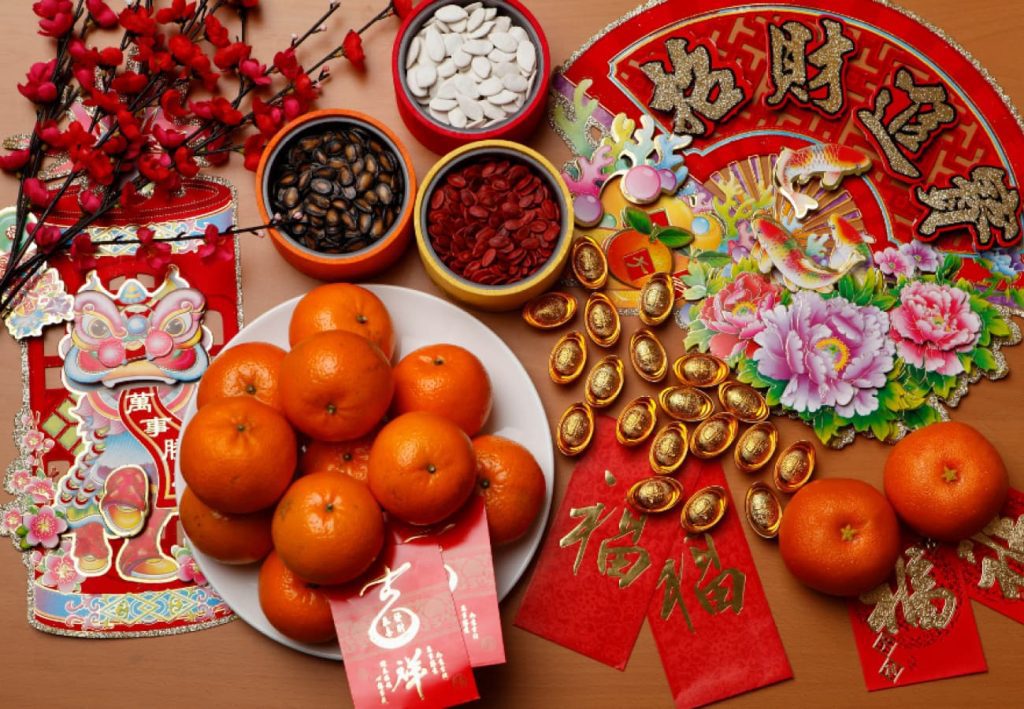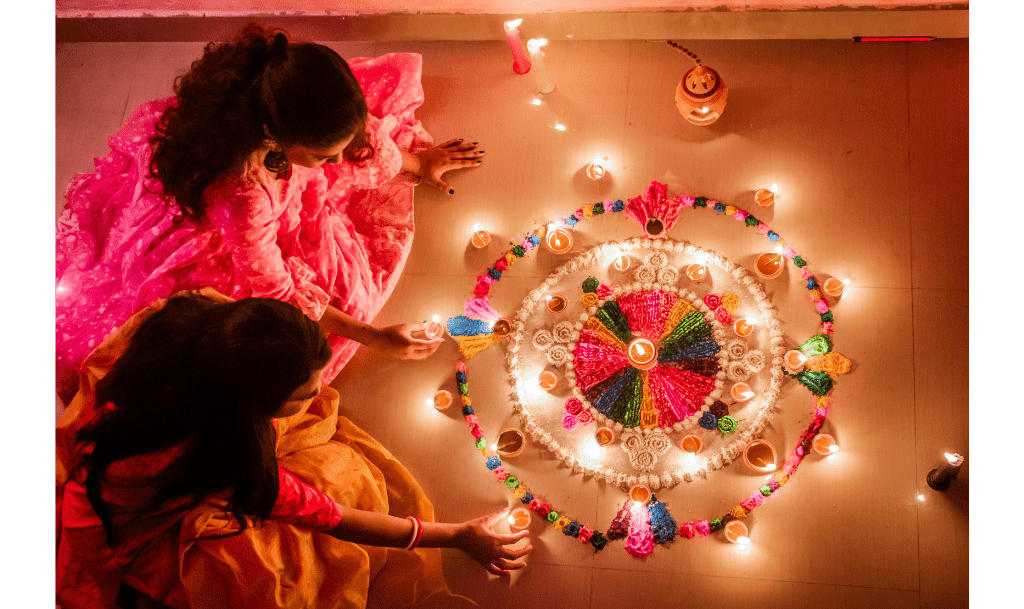Corinne Sharabi
Corinne is the Social Media and Content Lead at BLEND. She is dedicated to keeping global business professionals up to date on all things localization, translation, language and culture.


The concept of celebrating the New Year is a universal one, but the timing and customs associated with it vary greatly from culture to culture. While January 1st marks the beginning of the year in many parts of the world, numerous other New Year celebrations provide insight into the rich tapestry of global cultures. In this blog post, we’ll explore New Year celebrations from around the world beyond January 1st, shedding light on the diverse traditions and customs that make each one unique.
Rosh Hashanah, the Jewish New Year, is a significant event in the Jewish calendar. It typically falls in September or October, marking the beginning of the High Holy Days in Judaism. During this time, Jewish communities worldwide come together to reflect on the past year, seek forgiveness, and pray for a sweet and prosperous year ahead.
One of the most iconic traditions of Rosh Hashanah is the blowing of the shofar, a ram’s horn trumpet. Families gather for festive meals featuring symbolic foods like apples dipped in honey, symbolizing the wish for a sweet year, and pomegranates, representing the hope for a year filled with good deeds.

Chinese New Year, also known as the Spring Festival or Lunar New Year, is celebrated in China and by Chinese communities worldwide. Unlike the Gregorian calendar, which follows a fixed date, the Chinese New Year is based on the lunar calendar and falls between January 21st and February 20th.
Each year is associated with one of the 12 zodiac animals, rotating in a cycle. The festivities include vibrant parades, dragon and lion dances, fireworks, and the giving of red envelopes (hongbao) filled with money, symbolizing good luck and prosperity.
Nowruz, or “New Day,” is the Persian New Year celebrated by Iranians and various other communities in the Middle East, Central Asia, and beyond. It marks the arrival of spring and falls on the vernal equinox, typically on March 20th or 21st.
Preparations for Nowruz begin weeks in advance, with families cleaning and decorating their homes. The Haft-Seen table, featuring seven symbolic items that start with the Persian letter ‘S,’ is a central element of the celebrations. People also visit friends and family, exchange gifts, and engage in various festive activities.
Songkran is the Thai New Year, celebrated in mid-April. It is renowned for its water festival, during which people splash water on each other as a symbol of cleansing and purification. Songkran is a time for paying respects to elders, visiting temples, and participating in traditional ceremonies.
In addition to the water festivities, people create sand pagodas at the temple, participate in parades, and enjoy traditional Thai dishes with their families. Songkran embodies the spirit of renewal and unity.

Diwali, also known as Deepavali or the Festival of Lights, is a Hindu festival celebrated across India and by Hindu communities worldwide. While it is not the official Hindu New Year, it marks the victory of light over darkness and is a time for spiritual reflection and new beginnings.
During Diwali, homes are adorned with lamps and candles, and colorful rangoli (decorative designs made with colored powders) decorate the streets. Families exchange gifts, enjoy special sweets, and attend fireworks displays. It’s a time for cleansing one’s soul and welcoming prosperity and happiness.
The Islamic New Year, also known as the Hijri New Year, is observed by Muslims worldwide. It marks the beginning of the Islamic lunar calendar year and typically occurs in the first month of the Islamic calendar, Muharram. The exact date varies each year based on the lunar calendar, so it falls on different dates in the Gregorian calendar.
While there are no grand festivities associated with the Islamic New Year, Muslims often visit mosques, read the Quran, and spend time with family and friends. It’s a time to reflect on one’s actions and seek spiritual growth in the coming year.
Matariki, the Maori New Year, is celebrated in New Zealand and by the Maori people. The exact date varies from year to year but typically falls in late May or early June. Matariki is marked by the appearance of the Matariki star cluster (also known as the Pleiades) in the pre-dawn sky.
The celebration involves storytelling, traditional dances, and the sharing of Maori myths and legends. It’s a time to acknowledge the connections between people, the land, and the environment. Families often come together for feasts and cultural activities.
Celebrated on September 11 or 12, Enkutatash (meaning Gift of Jewel in Amharic) marks the end of the rainy season in Ethiopia and the start of a new year on the Ethiopian calendar. The celebration includes family gatherings, traditional songs, and unique foods like Doro Wat (spicy chicken stew) and injera (a flatbread).
While January 1st is the most widely recognized New Year’s celebration, there is a world of diversity in how different cultures mark the beginning of a new year. Embracing these diverse customs not only fosters cultural appreciation but also deepens our understanding of the shared human experience – a key pillar of localization.
Understanding these nuances can be invaluable for global brands when reaching out to international audiences to ensure that your content resonates with the cultural contexts of your target markets. For example, a campaign targeting Chinese consumers during Lunar New Year could feature symbols of prosperity like red envelopes or imagery of the zodiac animal for that year.
Looking to make deeper connections with your international customers and gain local credibility in your international markets? Optimize your localization and translation processes with BLEND’s professional localization services. Access our network of certified, subject matter expert linguists and voice actors in 120+ languages, plus the best-in-class AI language technology, to translate and adapt any of your content for global audiences. Create locally relevant content and products 100% hassle-free with BLEND’s easy-to-use platform. Ready to learn more? Talk to our team of experts today.
What our customers are saying